Basement Insulation Strategies for Moisture Control and Heat Retention
Basements are notorious for being cold, damp, and downright uncomfortable. If your basement feels like a fridge that never quits, it’s probably because moisture and heat loss are running the show. Tackling basement insulation isn’t just about adding comfort—it’s a frontline defense against moisture problems and skyrocketing energy bills.
Figuring out how to insulate a basement the right way can be confusing. There are plenty of materials and techniques, but not all of them handle moisture and heat retention effectively. Here’s a straightforward look at basement insulation strategies that actually work to keep moisture out and heat in, so that the basement can finally stop feeling like a cave.
Why Moisture Control Is Critical in Basement Insulation
Basements sit below ground, surrounded by soil that naturally holds moisture. Without proper barriers, dampness can seep through walls and floors, leading to mold, mildew, and structural issues.
Moisture’s Impact on Basement Health
When moisture infiltrates basement walls, it creates a breeding ground for mold spores and causes wood rot, metal corrosion, and damaged drywall. This doesn’t just smell bad — it can trigger health problems and costly repairs.
Moisture control starts with sealing the foundation properly and choosing insulation materials that resist water absorption. Spray foam insulation and rigid foam boards are great options because they prevent water vapor from passing through and stop air leaks. To maximize effectiveness and durability, it’s best to work with expert basement insulation services that ensure the job is done right.
Fun Fact #1
Basement moisture problems contribute to about 30% of all home mold cases.
Heat Retention Techniques for Basement Insulation
Basements lose heat quickly since they’re surrounded by cooler soil and often have concrete walls and floors. Effective insulation slows heat transfer, keeping the space warmer and reducing heating bills.
How to Insulate Basement Walls and Floors
Common methods include installing rigid foam insulation on exterior or interior foundation walls and using spray foam insulation for air sealing and thermal resistance. Proper floor insulation can involve rigid foam panels beneath the slab or insulated subfloor systems.
Using insulation with a high R-value—the measure of resistance to heat flow—is key. Closed-cell spray foam offers both high R-value and moisture resistance, making it a top choice for basements.

Comparison Table: Basement Insulation Materials for Moisture Control and Heat Retention
| Insulation Type | Moisture Resistance | R-Value per Inch | Air Sealing | Suitability for Basements |
|---|---|---|---|---|
| Fiberglass Batts | Low | 2.9 – 3.8 | Low | Not recommended |
| Rigid Foam Boards | High | 4 – 6.5 | Moderate | Excellent |
| Open-Cell Spray Foam | Moderate | 3.5 – 3.6 | High | Good |
| Closed-Cell Spray Foam | Very High | 6 – 7 | Very High | Ideal |
Best Practices for Installing Basement Insulation
The right materials are only half the battle. Proper installation ensures insulation performs as intended.
Air Sealing and Vapor Barriers
Sealing cracks and gaps prevents moist air from sneaking in. Using vapor barriers on the warm side of insulation stops condensation inside walls.
Avoiding Common Mistakes
Installing fiberglass batts directly against concrete without a vapor barrier can trap moisture, leading to mold growth. Rigid foam or spray foam insulation should be installed with moisture management in mind.
Fun Fact #2
Poor installation causes nearly 70% of basement insulation failures.
Basement Insulation and Energy Efficiency
Insulating basements reduces heat loss, easing the workload on heating systems. This lowers energy use and saves money over time.
How Insulation Impacts Overall Home Efficiency
Basements often connect to the rest of the home’s heating system. A cold basement can pull heat away from upper floors, increasing energy demands. Proper basement insulation helps maintain consistent temperatures throughout the house.
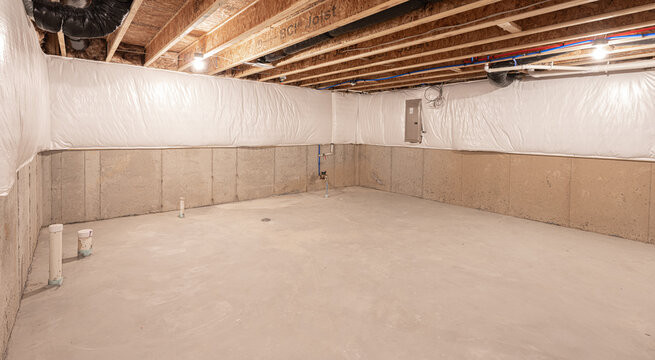
Conclusion
Moisture control and heat retention are the twin pillars of effective basement insulation. Choosing the right materials like rigid foam or spray foam and ensuring proper installation keeps moisture out, preserves heat, and protects the structure. Skimping on insulation or using the wrong products invites mold, high energy bills, and discomfort, which is why working with professional spray foam insulation contractors is the best way to ensure lasting protection and efficiency.
Starting basement insulation with a focus on moisture and heat management sets the stage for a healthier, warmer home and long-term savings. Don’t let your basement drag down your whole house’s comfort and efficiency.
FAQs
What insulation works best for moisture control in basements?
Closed-cell spray foam and rigid foam boards resist moisture and block air leaks effectively, making them the best choices for damp basement environments.
Can fiberglass insulation be used in basements?
Fiberglass batts are not recommended unless installed with a proper vapor barrier and in dry conditions because they absorb moisture easily, which can lead to mold.
How does basement insulation affect energy bills?
Proper insulation reduces heat loss, lowering heating costs by keeping basements warmer and preventing cold air from affecting upper floors.
What’s the importance of air sealing with basement insulation?
Air sealing stops drafts and moisture-laden air from entering through cracks, which prevents condensation and improves insulation performance.
Can basement insulation prevent mold growth? Yes. Using moisture-resistant insulation materials combined with vapor barriers helps keep walls dry and reduces conditions that cause mold.
Reviewer: With nearly a decade in the spray foam insulation field, William Harris reviewed this post and provided guidance that reflects both technical understanding and real-world marketing experience.

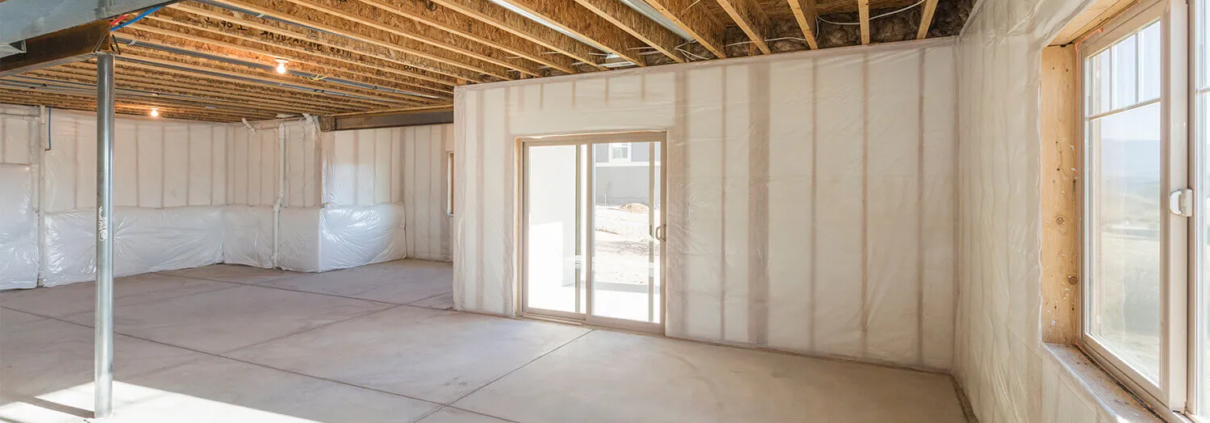
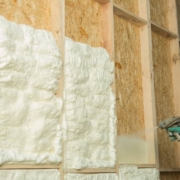

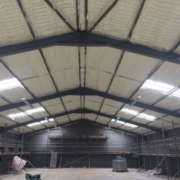
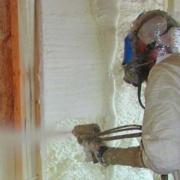
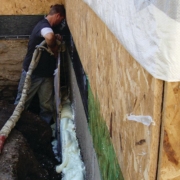
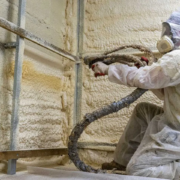
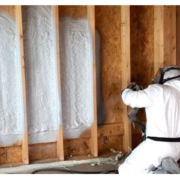
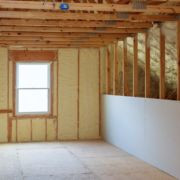

Leave a Reply
Want to join the discussion?Feel free to contribute!